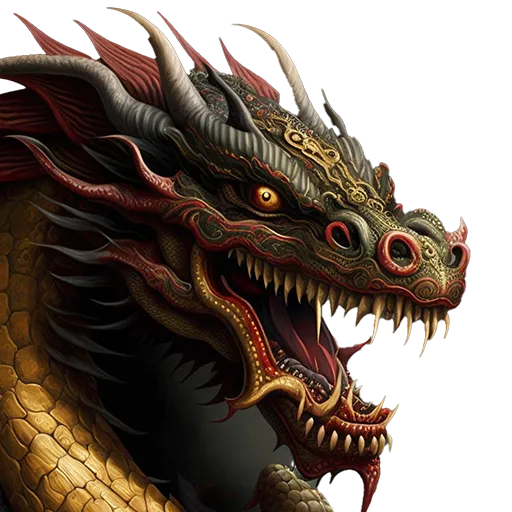Luohan Quan (罗汉拳) – The Arhat Style of Shaolin Gong Fu
Many Chinese martial arts systems owe their origins to the famed Shaolin Temple in Henan Province. The Arhat or Luohan Gong Fu Style is perhaps the oldest of all these systems.
From Shaolin, the Luohan Style spread widely. Over time, different variations developed and blended with other styles of Gong Fu. There is even a Southern style of Luohan; it uses shorter stances and close-range techniques.
The style of Luohan that is part of our Mizong Luohan system falls into the Chang Quan or Long Fist category. It employs many different kicking techniques and long-range strikes and punches. Attacks that combine simultaneous kicks and punches are common. There are also specialized techniques that employ kicking and sweeping while fighting on the ground.
The chambering of the leg during kicks is very distinctive and requires that the kick be executed with one fluid action, from the moment the foot leaves the ground to the moment it impacts the target. These kicking techniques are divided into five categories: Straight Leg Kicks, Low Kicks, High Kicks, Leaping or Jump Kicks, and the aforementioned kicks performed while rolling or falling on the ground. Some of the straight leg kicks are useful while others, in my view, are only functional as dexterity exercises to enhance range and flexibility, thus helping the development of other kicks.
Luohan Gong Fu stresses the coordination of the upper and lower limbs with the footwork, the blending of hardness and softness, and the use of flexible and changeable tactics.
The principle fighting strategy can be summarized in the following adage: Duo Zhong He Hu Zhong. The literal translation is “Seize the Center and Protect the Center.” Seize in this context refers to attack. This strategy is very important in our system, and one that is also emphasized in the Internal style of Xingyi Quan.
Luohan is an explosive and aggressive style. This means that the actions are bold, and the attacks incorporate composite techniques aimed at overwhelming the opponent.
Nowadays, the Shaolin School features many weapons. We must remember that at the Shaolin Temple monks practiced Chan (Zen in Japanese), as it was brought from India to China by Damo. The monks shunned bladed weapons and thus became proficient with the Staff (Gun in Chinese).
No doubt, some of the Staff techniques we practice at our school derived from Shaolin. But as with many other weapons taught in the Mizong Luohan system, it is impossible to trace their origins.
Shaolin transmitted many health cultivation methods, however I learned only two QI Gong exercises from Grandmaster Cam Hung Marr: Tui Shan (Push the Mountain) and Bao Yue (Embrace the Moon).
Be sure to check out the post on Mizong Quan, which along with the Luohan style, make up the Mizong Luohan system of Northern Shaolin.
Note: The Arhat or Arahant in Buddhism is one who has attained Nirvana and has escaped the endless cycle of birth and death. The Chinese equivalent to the Arhat is the Luohan. According to Shaolin and Chan tradition there are 18 types of Luohan with different status or rank. Since this is a lengthy subject that delves into the monastic and religious aspect of the Luohan, I will not comment further, however, I am providing a thread for the students to continue their own research.
